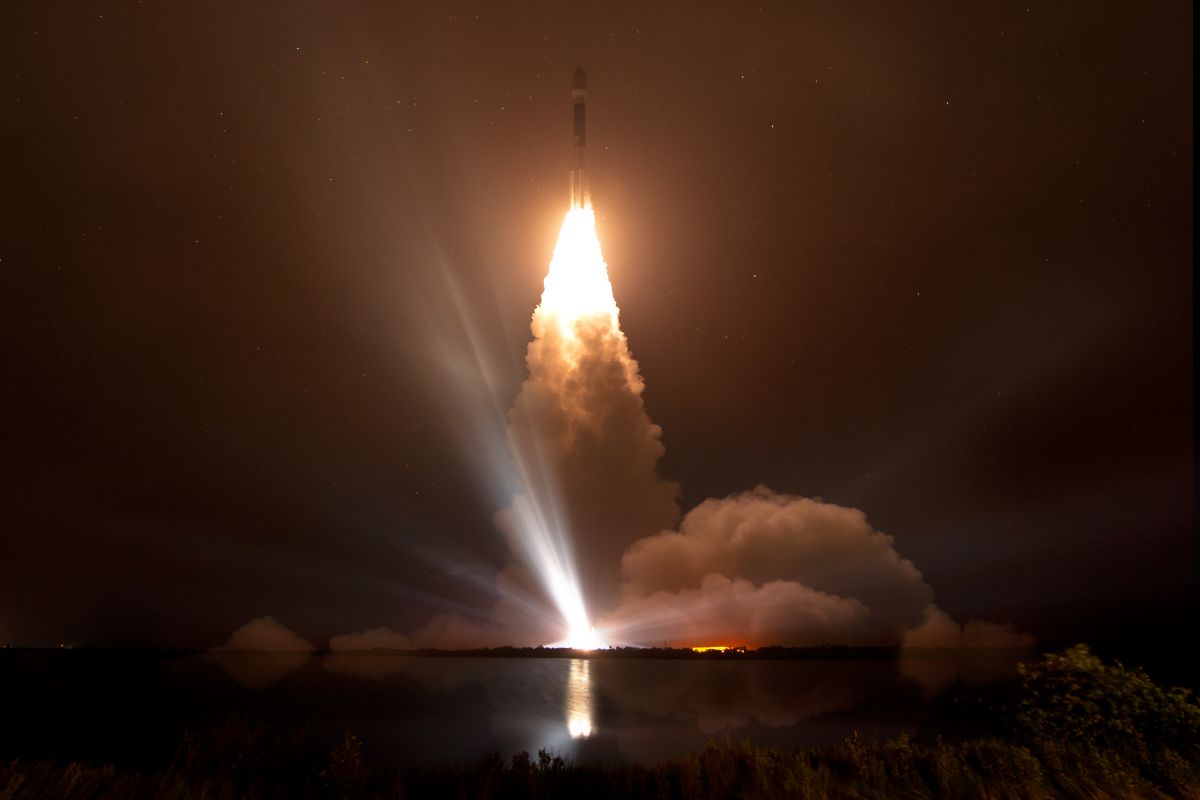Europe in decline?
The Nobel Prize winning Columbia University economist Edward Phelps maintains that innovation is the key to economic growth, prosperity and human happiness.
The satellite can also be used to observe chlorophyll concentration, water transparency and total suspended matter concentration in lakes to help monitor the environment and prevent water pollution.

Representational image (Photo: IStock)
China launched a Long March 4B carrier rocket on Thursday from the Taiyuan Satellite Launch Centre in Shanxi province.
The resource satellite, ZY-1 02D developed by the China Academy of Space Technology (CAST), will provide observation data for natural resources asset management, ecological monitoring, disaster prevention and control, environmental protection, urban construction, transportation and contingency management.
With an expected lifespan of five years, ZY-1 02D carries a near-infrared camera with coverage width of 115 km, enabling it to observe large and medium-sized cities, and be used for urban planning, said the satellite’s project manager.
Advertisement
The satellite can also be used to observe chlorophyll concentration, water transparency and total suspended matter concentration in lakes to help monitor the environment and prevent water pollution.
The Yaogan series of satellites are believed to be operated by the Chinese military for intelligence-gathering purposes.
Some analysts suggested the 12 Yaogan 30-01, 30-02, 30-03 and 30-04 satellites launched in 2017 and 2018 could be testing new electronic eavesdropping equipment or helping the Chinese military track the US and other foreign naval deployments.
The satellite can report sea ice changes, which could help with ship navigation and make channel risk assessments.
Thursday’s launch is the 310th mission of the Long March carrier rocket series.
(With IANS inputs)
Advertisement